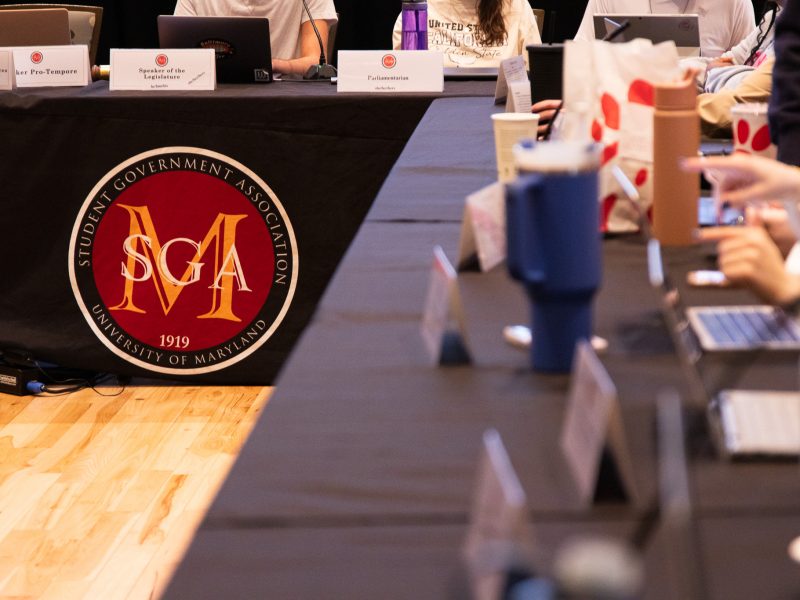The University of Maryland engineering school hosted “A Day of Inclusive Excellence” on Monday to initiate a dialogue on diversity and inclusivity issues in the science, math, technology and engineering fields.
“When I think of inclusive excellence, I think of … creating a space where everyone has the opportunity to contribute,” said Tasha Inniss, a National Science Foundation program director and a university alumna.
Panelists Irving Pressley McPhail, president and CEO of the National Action Council for Minorities in Engineering; KerryAnn O’Meara, a higher education professor and ADVANCE program director at this university; and Inniss spoke to about 50 faculty, staff and students in the Engineering building about efforts and strategies to create diverse, inclusive environments in STEM professions and education.
The day’s events included a keynote speech from Ernesto V. Felix, a diversity strategist at Intel Corporation. Kumea Shorter-Gooden, this university’s chief diversity officer, also served as moderator for a panel discussion on “The Importance of Diversity in STEM Education.” There was an additional student-led panel later in the day.
Intel’s commitment to diversity is “really profound” and “a key element to [Intel’s] growth,” Felix said. The company, a tech industry leader, currently employs more than 107,000 people worldwide, he said. And in January 2015, CEO Brian Krzanich announced a goal of achieving “full representation” within its U.S. workforce by 2020.
“In his view, a fully diverse and inclusive workplace is fundamental in how we achieve results,” Felix said. “[He] sent Intel on a path that no other high-tech company is on.”
Intel views diversity not only as a moral or legal imperative, Felix said, but also as a business imperative, as data demonstrates that companies that are more inclusive and diverse often have better outcomes and financial results. In 2015, Intel exceeded its goal of 40 percent of hires being women or underrepresented minorities, Felix said. As of 2016, that goal increased to 45 percent of hires, and the hope is that other companies in the industry follow Intel’s lead, he said.
“We’ve been talking for some years about the importance of diversity in STEM industries and in STEM education, and we’ve certainly made some headway,” Shorter-Gooden said. “But it’s important to talk about why this is important and some strategies we can use [going forward].”
Education and providing opportunities for success is critical, McPhail said. For about 40 years, the National Action Council for Minorities in Engineering has provided about $142 million in scholarships to more than 120,000 underrepresented students in STEM fields, he said.
“We really try to stimulate and catalyze the pathway in this industry,” he said.
Inniss works on a “broadening participation” program in education, which aims to increase the quality and quantity of unrepresented students who earn bachelor’s degrees in STEM fields.
Community engagement is also important to diversification and inclusion efforts, as it teaches people about the importance of diversity and the kinds of unconscious biases that might influence their perspectives, O’Meara said.
“I think we have to be constantly humble about what we don’t know,” she said. “We have to develop a sense of critical agency for diversity strategies … and a lot of that is about just creating space for diversity conversations to happen.”
Beyond the education realm, workforce diversity also fosters new perspectives, McPhail said, which can help keep the United States on the cutting edge of technology and science. But just because schools and businesses are making these efforts toward greater diversity and inclusion for minority groups doesn’t mean any other group can or will be excluded, Inniss said.
“It’s important to have a supportive climate, but not just for a particular group of students, but for all students,” she said. “It really takes all of us. I think that there’s a role for everybody to play in addressing this issue.”



